Religion Roman Catholicism Name Pedro Paez | ||
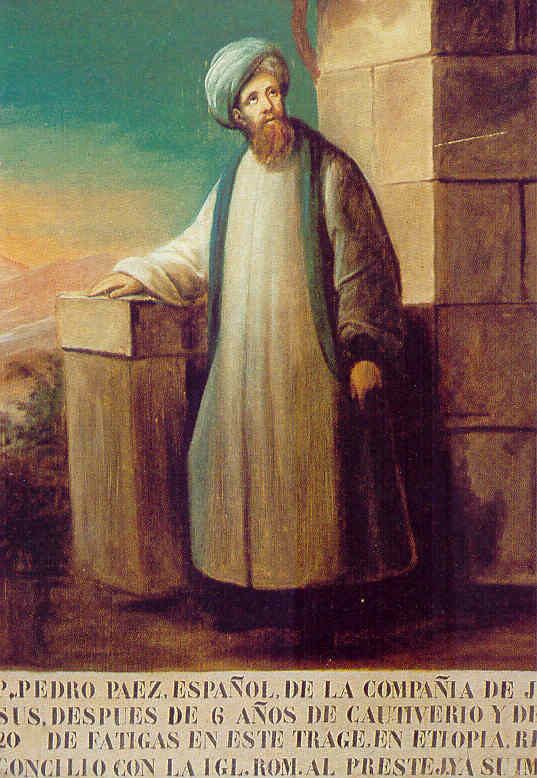 | ||
Known for Spreading Roman Catholicism in Ethiopia | ||
Other names Pero Pais (Portuguese) | ||
The spanish jesuit church of pedro paez
Pedro Páez Jaramillo (Portuguese: Pêro Pais; 1564 – May 25, 1622) was a Spanish Jesuit missionary in Ethiopia. Páez is considered by many experts on Ethiopia to be the most effective Catholic missionary in Ethiopia. He is believed to be the first European to see and describe the source of the Blue Nile.
Contents
- The spanish jesuit church of pedro paez
- Pedro paez perez integracao monetaria na america latina
- Life
- Writings
- References

His two-volume História da Ethiópia (History of Ethiopia) is regarded by scholars of Ethiopian history as one of the most valuable and accurate works on the contemporary Solomonic Empire and its history (as understood by local sources) up to his own time, particularly as the works of local writers, despite the Ethiopian Orthodox Church's long tradition of literate monastic scholarship and the regular compilation of Imperial chronicles, have in large part either been lost in the centuries of intermittent conflict that followed, or have otherwise remained unknown to contemporary scholarship.
Pedro paez perez integracao monetaria na america latina
Life
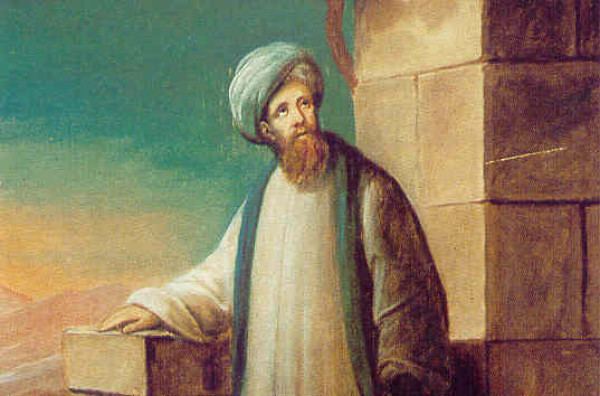
Páez was born in Olmeda de las Cebollas (now Olmeda de las Fuentes, near Madrid) only sixteen years before the union of the Spanish and the Portuguese crowns (1580-1640); that union would determine the span of Páez's missionary activity. He studied at Coimbra and, sent from Goa to Ethiopia as a missionary in 1589, he was held captive in Yemen for seven years, from 1590 to 1596, where he used his time to learn Arabic. During this period he had to travel through the Hadramaut and Rub'al Khali deserts, and tasted coffee in Mocha, being most probably the first European to undergo such experiences.
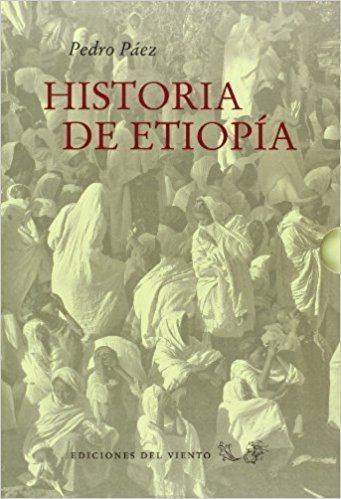
He finally arrived at Massawa in 1603, proceeded to Debarwa where he met the chief of the Portuguese in Ethiopia, John Gabriel on 11 May, and four days later had made his way to Fremona, the Jesuit base in Ethiopia. Unlike his predecessor, Andre de Oviedo, Paul Henze describes him as "gentle, learned, considerate of the feelings of others". When summoned to the court of the young Emperor (negusä nägäst) Za Dengel, his knowledge of Amharic and Ge'ez, as well as his knowledge of Ethiopian customs impressed the sovereign so much that Za Dengel decided to convert from the Ethiopian Orthodox Tewahido Church to Catholicism—although Páez warned him not to announce his declaration too quickly. However, when Za Dengel proclaimed changes in the observance of the Sabbath, Páez retired to Fremona, and waited out the ensuing civil war that ended with the emperor's death.
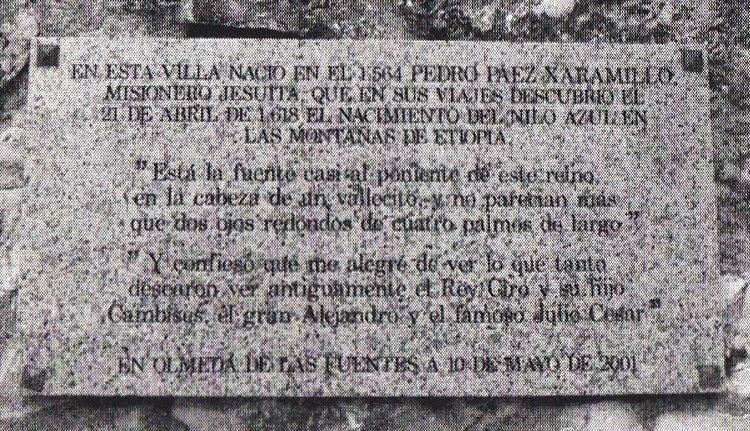
This caution benefited Páez when Susenyos I assumed the throne in 1607. Susenyos invited him to his court, where the two became friends. Susenyos made a grant of land to Páez on the peninsula of Gorgora on the north side of Lake Tana, where he built a new center for his fellow Jesuits, starting with a stone church, which was dedicated 16 January 1621.

Eventually Páez also converted Susenyos to Catholicism shortly before his own death in 1622. Some of the Catholic churches he designed are still standing, most importantly in the area of Bahir Dar and Gondar, which influenced Ethiopian architecture for the rest of the 17th century.
Writings
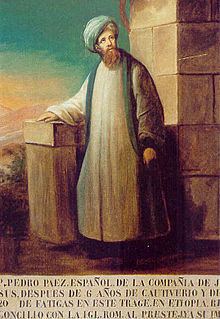
Páez's account of Ethiopia, História da Ethiópia, which he completed in 1620, was not published during his lifetime, although Manuel de Almeida borrowed extensively from it to compose his Historia de Etiopía a Alta ou Abassia decades later. After almost three centuries, Páez's history was printed as Volumes II and III of Beccari's Rerum Aethiopicarum Scriptores occidentales Inedtii (Rome, 1905–17). His work was published in 1945 at Porto in a new edition by Sanceau, Feio and Teixeira, Pêro Pais: História da Etiópia.
In addition to translating the Roman Catechism into Ge'ez, Páez is believed to be the author of the treatise De Abyssinorum erroribus. História da Ethiopia has been translated to English by Christopher J. Tribe and published by The Hakluyt Society in 2011.
